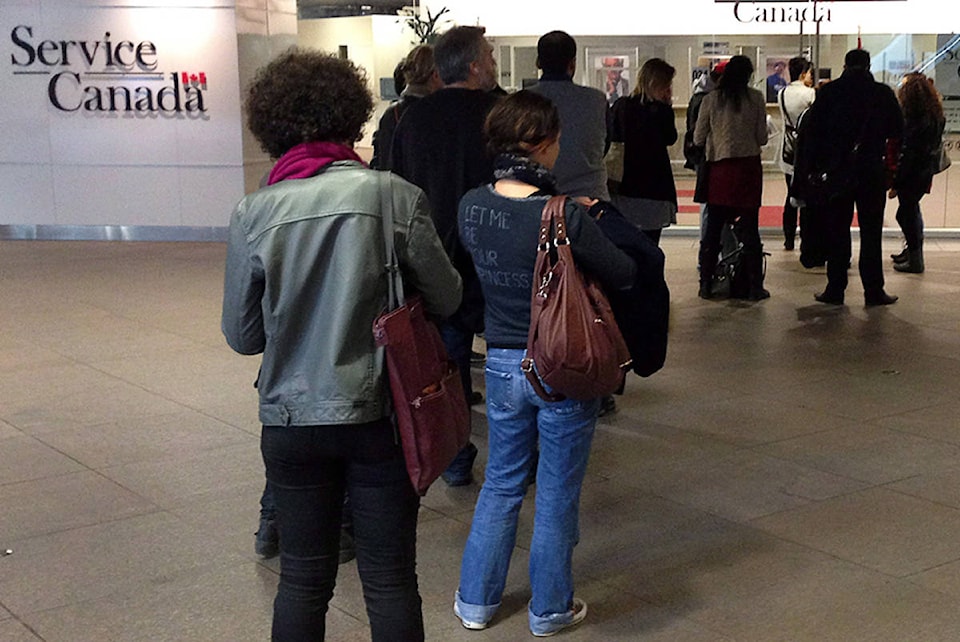The body that Canadians turn to with disputes over federal benefits wants to learn from people who are most impacted by the system, with an eye to further reducing wait times and streamlining an appeals process that has already gone through major reforms.
“What’s blindingly obvious and simple is once you start thinking about the people who use the system, that becomes the touchstone for just about everything that you do,” Paul Aterman, chair of the Social Security Tribunal, said in an interview with The Canadian Press this week.
Aterman said a four-year overhaul has already addressed glaring problems with a tribunal process that wasn’t designed with the user at heart.
He said that has included changing how it manages cases and interprets regulations to slash what could be years-long wait times for decisions.
Next week, the tribunal is turning to stakeholders to unearth the less overt issues that still need to be addressed.
The idea is to simplify things for people appealing government decisions about old age security, Canada Pension Plan payments, and employment insurance benefits, who Aterman noted often includes people who could have trouble navigating an opaque bureaucracy.
“A lot of those people don’t have post-secondary education, some of them don’t have secondary education. They’re amongst the more marginalized people in the country,” Aterman said.
“On the other hand, we’re dealing with ’60s and ’70s-era social welfare legislation where there’s no reward for any politician to modernize that stuff. It’s a thankless task,” he added a short while later. “So that’s what we’re stuck with: We’re stuck with archaic legislation, and a population who is using the system who doesn’t understand what’s happening to them.”
The previous Conservative government set up the tribunal in 2013 to replace four separate bodies and many of its problems stemmed from it being understaffed and missing a transition plan.
Just over four years ago, a critical auditor general’s report found average wait times for decisions jumped from 44 days to more than 200 and, in the worst case, 884 days for decisions on CPP disability benefits.
Regulations for the body were written behind closed doors and without much input from stakeholders, who for years questioned why the federal government couldn’t share documents with the tribunal that were needed for appeals. Forcing people to get them anew caused delays.
There were also concerns about requirements that some appellants hire lawyers to represent them. Highly legalized decisions were hard to understand.
The tribunal jettisoned the requirement for a lawyer. A plain-language expert helped the tribunal make decisions easier to read, cutting the length of decisions by 25 per cent. Last fall, the tribunal started having staff proactively call appellants to walk them through the process.
The tribunal also decided to interpret its regulations in a way let them get the documents needed for appeals from Employment and Social Development Canada. The decision cut wait times to schedule hearings.
The tribunal wants to do more. Over the next year, it plans to reduce the time for a decision on things like CPP and old age security from 150 days to 70, and on employment insurance from 90 to 45 days.
Aterman said there’s still room to cut wait times further.
“But the idea is not speed at all cost,” he said. “We want to provide a quality justice system, so we are going to bump up against a point at which the returns simply diminish.”
Jordan Press, The Canadian Press
